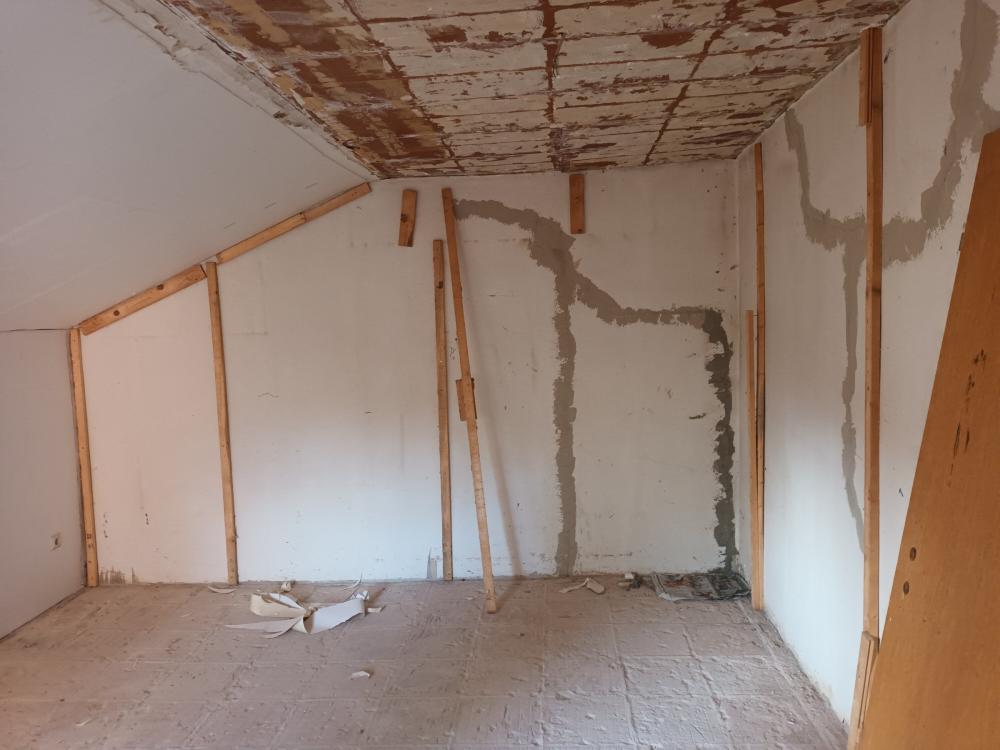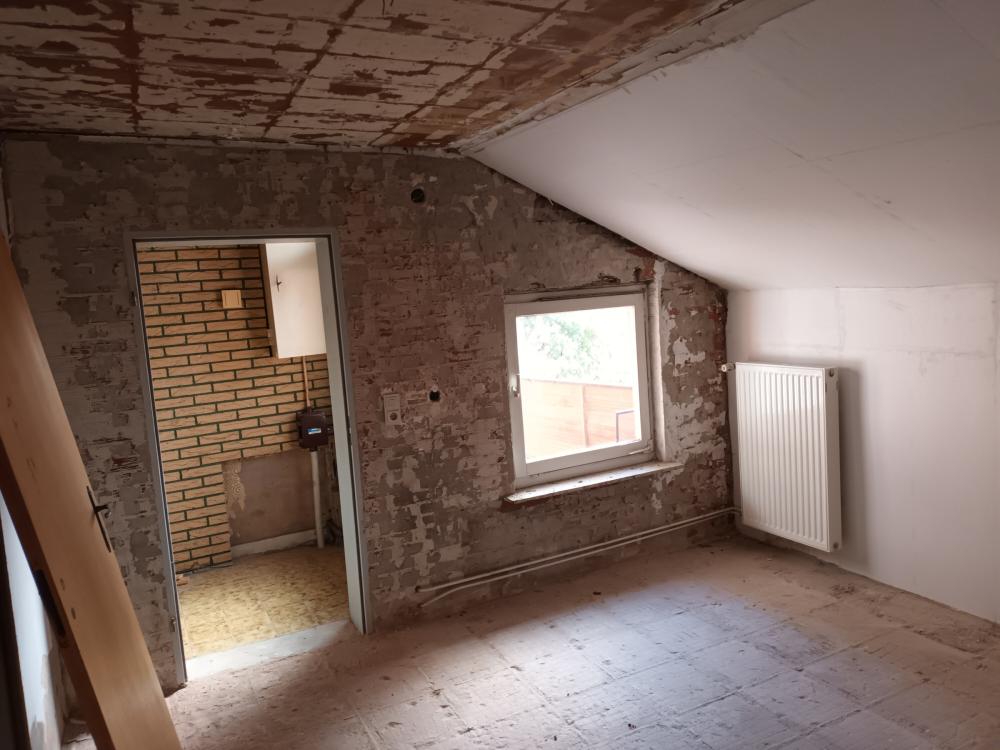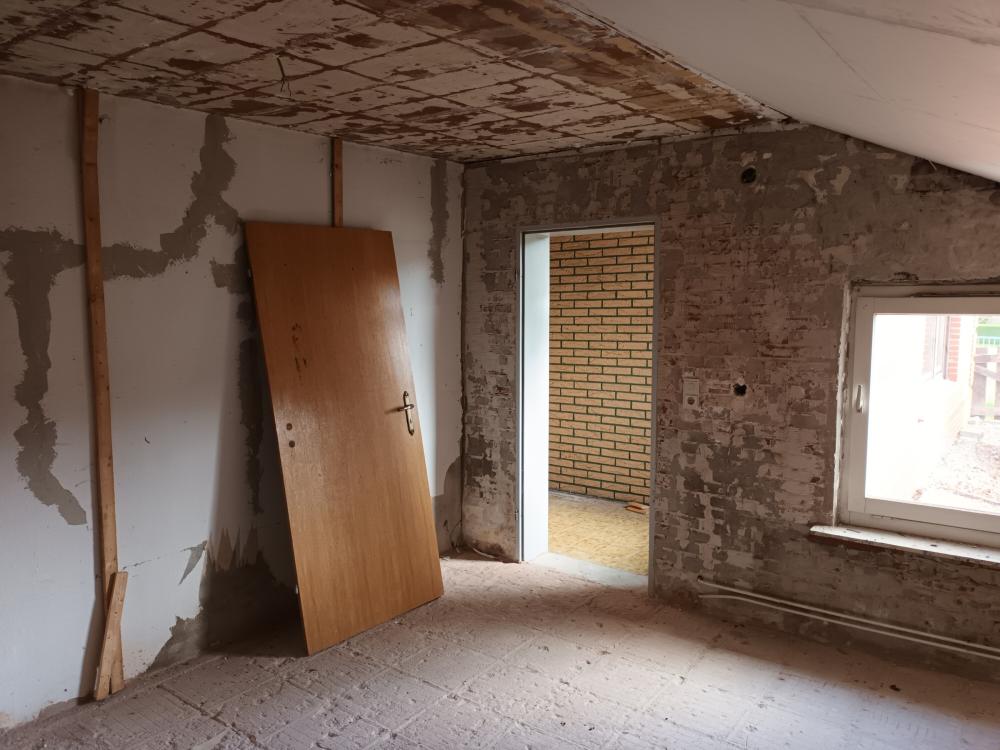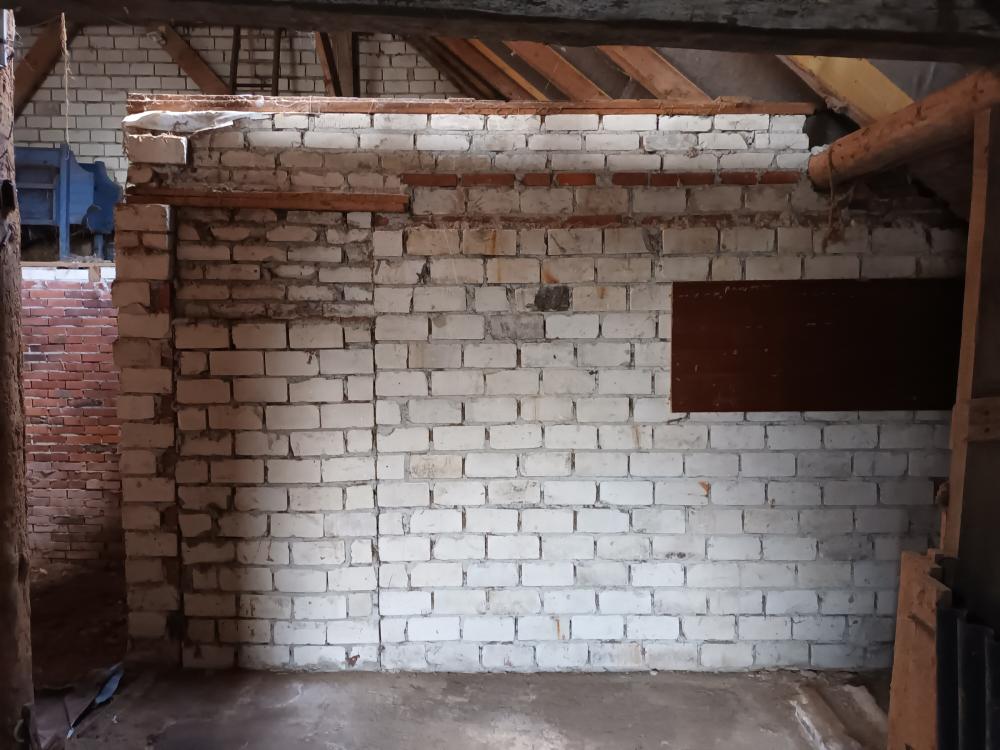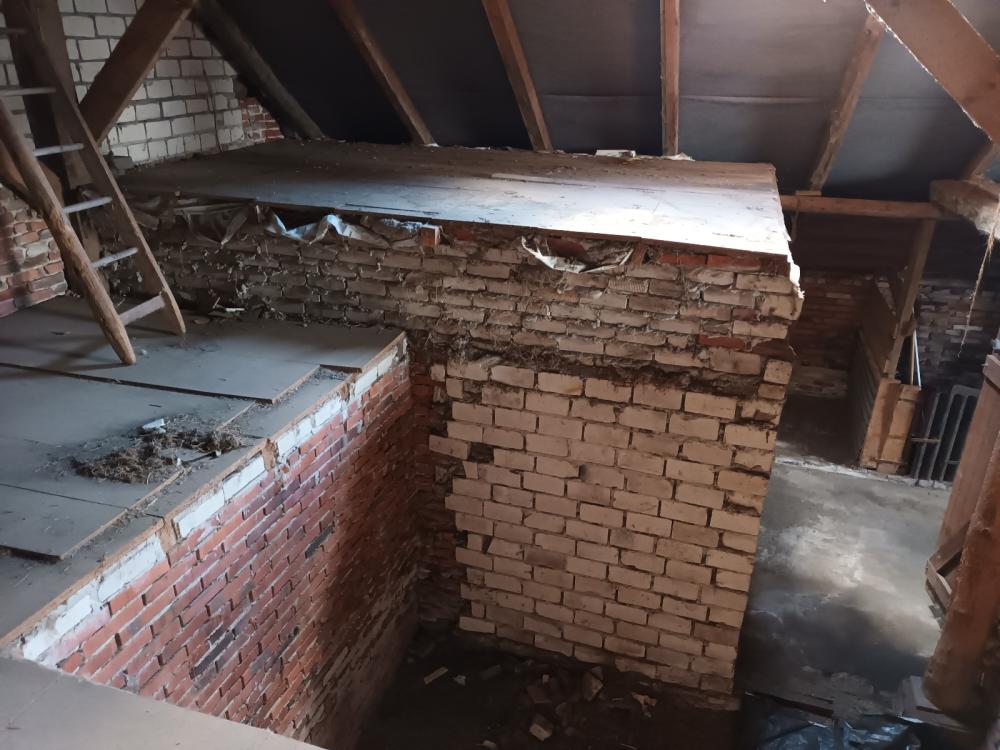Search the Community
Showing results for tags 'internal insulation'.
-
Our new property has a bedroom that has been extended in to the barn: Wall 1: Half the wall is internal, half external. External: Solid brickwall, double glazed window. Wall 2: Solid external wall. This wall has a radiator and sloping roof which is insulated with mineral wool. The wall and sloping roof have thin styrofoam stuck against it. Wall 3: This wall connects with the barn. Previously it was covered with wood panels and styrofoam insulation was loosely placed between the wall and the wood. Not sure if this provided any insulation. Wall 4: The only square wall: Previously it was covered with wood panels and styrofoam insulation was loosely placed between the wall and the wood. Half the wall is in the barn, and the other half connects to an unheated storage room. Floor: concrete Ceiling: Wood. I'm not sure if this is insulated. Will need to have a look. Perhaps I could just roll out some mineral wool on the flat roof of the room? Because we haven't lived in this property we don't know how well this room heats and retains heat. The exposure to external walls is quite small because of the sloping roof and the wall with the window & door is only half external. The barn is cold (perhaps the same temperature as outside?). However there won't be any rain or wind inside the barn so we don't need to worry about moisure coming through the wall from the outside. I am thinking of insulating the walls internally, but not sure which will have the best impact. Only one wall is square. The other 3 have the sloping roof profile. The wall with the door frame and window seem to be the most difficult to insulate, and the wall with the sloping roof only has maybe 4ft height exposed to the external wall. The walls to the barn seem like the easiest to insulate as we don't need to worry about windows, door, sockets, pipes etc.
- 4 replies
-
- barn
- barn conversion
-
(and 2 more)
Tagged with:
-
Hi, I am looking at potentially installing insulated plasterboard on outside facing walls. I have two rooms on the first floor that are exposed on 2 sides and are by far the coldest rooms in the house. I am about to remove the carpets and install new flooring, sand/plaster were required and refinish. I am wondering if there is a good time to potentially install some insulated plasterboard on the outside facing walls of each room. I have an unfilled cavity wall Stone (outside) - Gap - Brick wall (inside), is there any reason I should not do this? Anything in particular I should be mindful off?
- 1 reply
-
- insulation
- old house
- (and 4 more)
-
I'm renovating (most of) a small house - in particular, my architect and I are doing our best to insulate it to R=3.8 (the local standard), not counting the inherent heat resistance of the (brick, masonry) walls. We'll use Biofib (based on hemp+cotton+linen) on most of the first floor - counting an air layer and a fireproof panel, we are talking about 18cm, which is not great but also not terrible. It has plenty of virtues besides being good heat insulation - it has good sound insulation properties, works well in summer, regulates moisture, doesn't slowly kill you (if there is a huge fire and the fireproof panel is breached, you are basically in The Name of the Rose, but it certainly doesn't kill you *slowly*), etc. In some places, though, we simply don't have enough 18cm. We may use a vacuum-packed product in the bathroom (not much of a temptation to nail things to the shower wall, is there). However, the shape of the wall in (a) the toilet (b) (more importantly) the large staircase is just too irregular for the installation of vacuum-packed products to be feasible. Phenolic is not an option for indoor insulation where I am (too much fume). We can't seem to get airgel panels in the local market, and airgel blankets cost a fortune. One can't apply more than 8cm of Fixit airgel plaster (a useful product otherwise). So, by exclusion, we arrive at PUR (polyurethane) and its cousin PIR. I am a bit concerned about using PUR and PIR on a staircase - their reputation for emissions in case of fire is not great. (We'd put them behind a fireproof panel, obvs.) The architect says PIR is not as bad as PUR in this regard. However, this study (from 11 years ago) seems to indicate otherwise: http://clok.uclan.ac.uk/1536/1/Stec and Hull_Fire_Toxicity_of_Insulation_Materials_EnergyBuildings_2011.pdf What do people here think? (Worst comes to worst, in case of fire, I can just jump from the first-floor windows, but, if my parents visit and a fire starts then, they might feel differently, at least for a crucial moment or two.)

